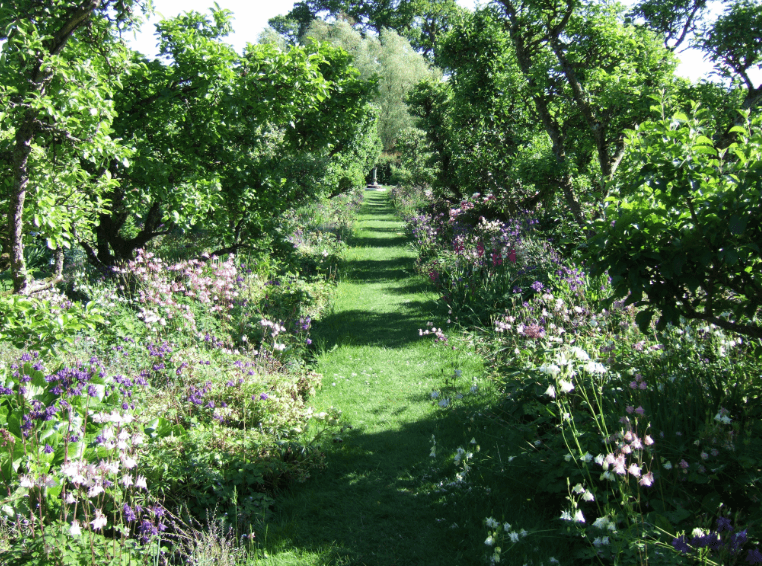Gardens in Perth face considerable environmental pressures from drought, heatwaves, storms and wind. Yet landscape design and careful plant selections facilitate gardens thriving despite intensifying climate challenges. This article outlines strategies witnessed firsthand to future-proof gardens against intensifying environmental extremes after decades designing resilient landscapes.
Scheduling seasonal planting
Times plant installations considering seasonal conditions. Avoid summer planting which overly stresses establishing roots and growth. Autumn through early winter allows better establishment without extreme heat or cold. Group project phases strategically as well to prevent costly losses.
Selecting durable materials
Construct hardscapes and structures from materials like local stone, concrete and steel for superior durability against intense heat, exposure and weathering. Avoid inferior quality timber or synthetic wood substitutes which deteriorate rapidly in sun and from moisture damage.
Climate projection awareness
When selecting and siting garden elements, understand government model predictions for climate shifts in coming decades including:
- Average temperature rise of 0.5-1°C by 2030, increasing duration/intensity of heatwaves
- Up to 10% rainfall decline continuing with amplified seasonal variability
- Increased storm severity especially during cooler months
- Extended fire season risks to rural fringe communities
Consider these trends when sourcing plants rated for heat/drought tolerance ranges expected ahead.
Impact resistant materials
Opt for durable materials in hardscapes able to withstand intensifying environmental pressures including:
- Stone, concrete and steel structures over natural timber for longevity despite storm erosion or heat damage without chemical treatment/staining maintenance.
- PVC, composite or aluminium patio settings resisting cracking, warping splintering that necessitate timber furniture replacement every few seasons.
- Hail/UV resistant glazing rather than standard glass panes on ornamental greenhouses, garden shelters and household windows prone to shattering.
- Fortified roofing like steel sheeting or concrete tiles avoiding lighter materials ripped off by gale winds.
Choose robust plants
Favour hardy, resilient plants naturally evolved for seasonal extremes. Well-adapted native varieties resist storms, only require supplemental watering through extreme drought and rebuild rapidly after heat damage when properly established. Avoid fragile exotics from equatorial regions unlikely to withstand storms, winter cold snaps or drying heat waves.
Shelter vulnerable species
Where desired plants prove marginally hardy, provide sheltered microclimates to expand palette possibilities protecting them against storms and searing northerlies behind screens or shrub buffers while allowing desired solar access and ventilation. Prevent exposure shocks.
Improve water access
Enhance soil profiles, irrigation systems and mulching to conservatively maintain plant access to sufficient moisture through long dry spells. Group plants of similar irrigation needs into hydrozones for efficiency. Expand water-holding capacities sustaining desirable species through increasing acute and prolonged drought periods ahead.
Secure structures
Proactively Budget for quality materials, deep footings and professional engineering specifications so constructed elements like walls, fences and water features withstand intensifying storm severity and winds to reduce replacement costs. Proactively avoiding potential failures protects property investments.
Conclusion
Perhaps more than ever in coming years, Aligning landscapes to regional realities through climate-wise material selections, protective siting choices and robust plants will determine garden beauty and enjoyment for years rather than fighting unavoidable climate changes futilely. Skillful design lessens environmental pressures allowing households to focus on nurturing sanctuaries rather than continually rebuilding them after avoidable failures. Transform landscapes from vulnerabilities into reliable resilience.


